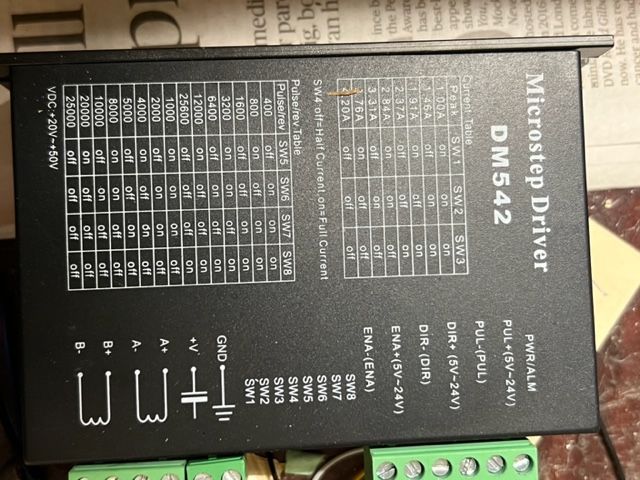DM542 Stepper driver
DM542 Stepper driver
- This topic has 13 replies, 8 voices, and was last updated 17 January 2023 at 14:17 by
 Bazyle.
Bazyle.
Viewing 14 posts - 1 through 14 (of 14 total)
Viewing 14 posts - 1 through 14 (of 14 total)
- Please log in to reply to this topic. Registering is free and easy using the links on the menu at the top of this page.
Latest Replies
Viewing 25 topics - 1 through 25 (of 25 total)
-
- Topic
- Voices
- Last Post
Viewing 25 topics - 1 through 25 (of 25 total)
Latest Issue
Newsletter Sign-up
Latest Replies
- Motor won’t start
- Request for a Slot to be Milled in a Shaft
- Bearing boxes for ball race
- Speed camera
- J&S grinder – belt which way ?
- Twin Engineering’s heavy mill/drill quill removal
- IME Watchmakers lathe
- The Stevenson Trophy – Entries Invited
- The Bradford Cup – Nominations Wanted
- FreeCAD v1.0 tutorials





